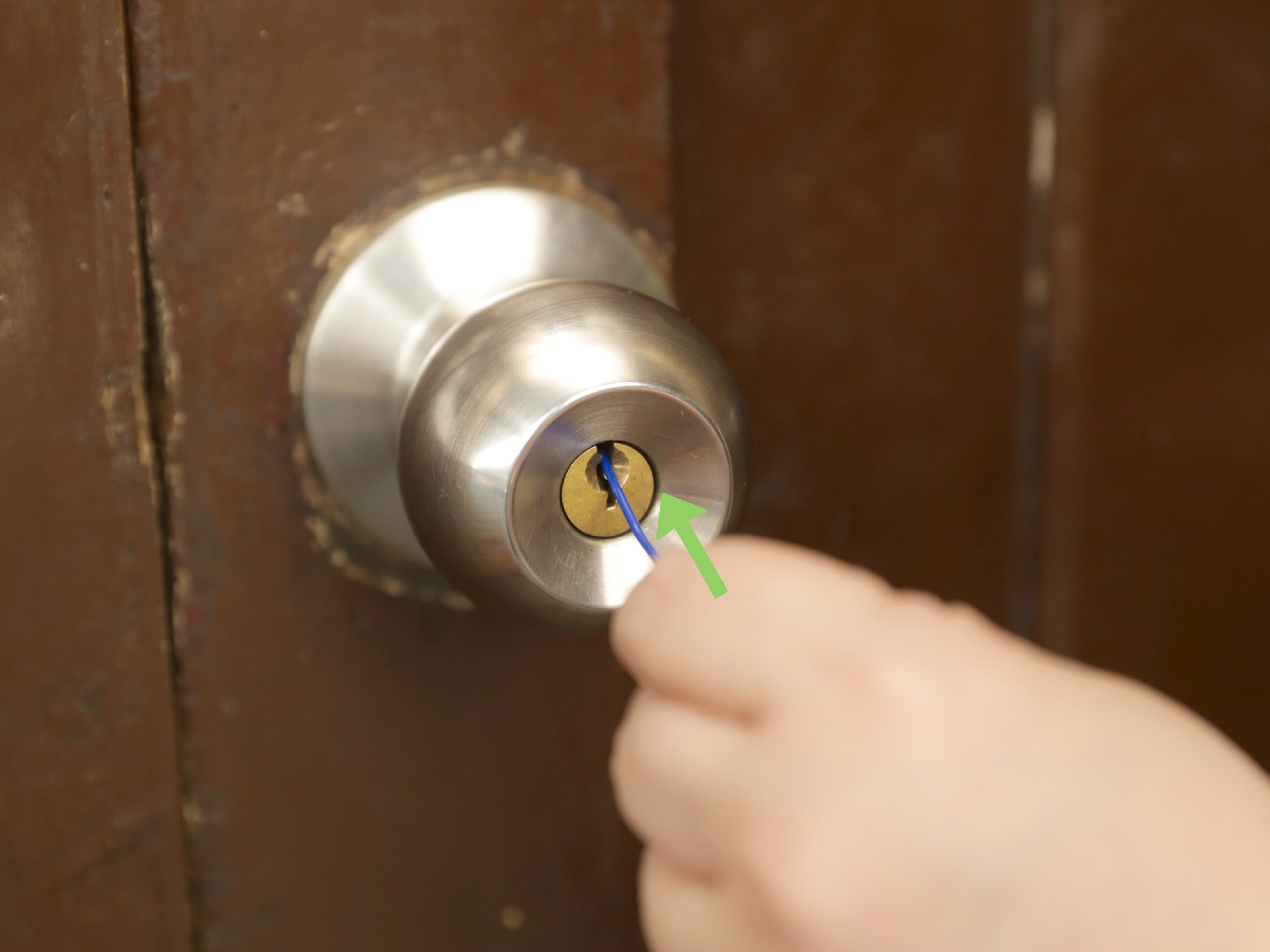Understanding Lock Types and Mechanisms

Understanding the different types of locks and their mechanisms is crucial for anyone interested in learning how to pick locks. This knowledge provides insight into the inner workings of locks and how they can be manipulated.
Pin Tumbler Locks
Pin tumbler locks are the most common type of lock found on bedroom doors. These locks operate by using a series of pins that are arranged within a cylinder.
The key, when inserted into the keyway, pushes down on the pins, aligning them with a shear line. When all the pins are aligned, the cylinder can rotate, allowing the door to be unlocked.
- Cylinder: The cylinder is the main housing of the lock, containing the pins and the mechanism for rotating the lock.
- Keyway: The keyway is the slot where the key is inserted.
- Pins: The pins are small, cylindrical pieces that are arranged in a specific order within the cylinder. There are two types of pins: driver pins and key pins. Driver pins are fixed in place, while key pins are spring-loaded and can move up and down.
- Shear Line: The shear line is an imaginary line within the cylinder where the pins must align for the lock to be unlocked.
Lever Handle Locks, How to pick a locked bedroom door
Lever handle locks are commonly used on doors that require a simple latch mechanism. These locks use a lever handle that operates a cam, which engages or disengages the latch bolt.
- Lever Handle: The lever handle is the part that is physically moved to operate the lock.
- Cam: The cam is a curved piece that is connected to the lever handle and engages or disengages the latch bolt.
- Latch Bolt: The latch bolt is the metal bar that extends from the lock and engages with the strike plate on the door frame.
Deadbolt Locks
Deadbolt locks provide additional security by using a bolt that extends into the door frame, unlike a latch bolt. Deadbolt locks are typically operated by a key or a thumb turn.
- Deadbolt: The deadbolt is a solid, cylindrical bolt that extends into the door frame, providing a more secure locking mechanism.
- Thumb Turn: Some deadbolt locks have a thumb turn on the inside of the door, which allows the deadbolt to be operated without a key.
Exploring Non-Destructive Methods: How To Pick A Locked Bedroom Door

Non-destructive lock picking techniques involve manipulating the lock’s internal mechanisms without causing any damage. This approach is ideal for situations where you need to open a lock without leaving any traces or compromising the lock’s integrity. Common household items like credit cards and paperclips can be used for this purpose, but it requires patience, practice, and a good understanding of lock mechanics.
Manipulating the Pins
Manipulating the pins inside the lock cylinder is the core of lock picking. The goal is to lift each pin to the correct height, allowing the cylinder to rotate and unlock the door. This involves using a tension wrench to apply pressure to the cylinder while simultaneously manipulating the pins with a pick.
The tension wrench is a tool that applies pressure to the cylinder in the direction of the keyway, keeping the cylinder from rotating freely. The pick is a thin, flexible tool with a hooked or serrated tip that is used to manipulate the pins. The pick is inserted into the keyway and used to lift the pins one at a time until they are all set at the correct height.
Here are some common lock picking techniques:
- Single Pin Picking: This technique involves lifting one pin at a time, starting with the lowest pin. The pick is used to feel the pin’s position and gently lift it until it reaches the shear line, where it meets the plug. The tension wrench is used to keep the cylinder under pressure while the pin is lifted.
- Raking: This technique involves using a sweeping motion with the pick to lift multiple pins at once. The pick is moved back and forth across the pins, attempting to lift them all simultaneously. This method can be faster than single pin picking but requires more practice.
- Hooking: This technique involves using a pick with a hooked tip to grab and lift the pins. The hook is inserted into the keyway and used to catch the edge of the pin, pulling it up to the shear line. This method can be effective for locks with deep keyways or difficult pins.
Important Note: Lock picking is a skill that requires practice and patience. It’s crucial to understand the principles of lock mechanics and the different techniques involved before attempting to pick a lock. It’s also important to be aware of the legal implications of lock picking, as it may be illegal in some jurisdictions.
